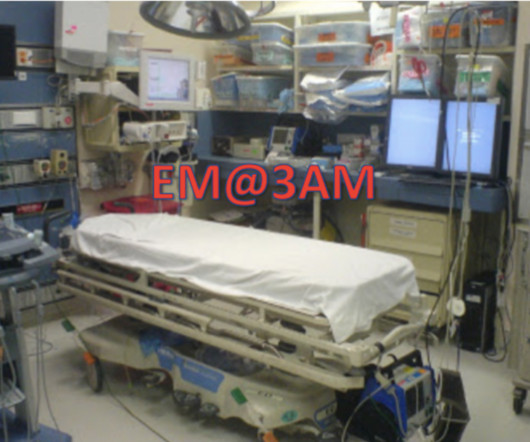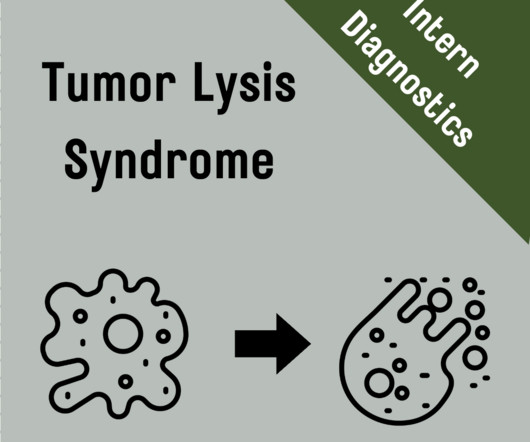ToxCard: Iron
EMDocs
DECEMBER 6, 2024
Characterized by hypovolemia, vasodilation, reduced cardiac output, hyperventilation, elevated temperature, seizure, coma, and cardiovascular collapse. 7 Workup other than serum iron concentration at 4 hours after ingestion not shown to accurately predict clinical outcomes or severity of toxicity. Can progress to hepatic failure.



















Let's personalize your content